Buyers will now pay the exact winning bid for Google Ads. For medical marketers, this means more transparency, but also higher prices.
Medical marketers rely on Google Ads to reach new patients. Displayed on both Google’s search engine results pages (SERPs) and partner websites, Google’s pay-per-click ads are sold using an auction model. However, the bidding process is now changing. Healthcare providers using Google Ad Manager will find newly transparent prices, but may end up paying more for each ad.
Google’s New Ad Auction System
The existing Google Ads system actually entails two separate auctions for every ad. The first auction is run by independent publishers on various exchanges, with the winners sent to Google’s final auction. Soon, these two auctions will be integrated into one.
Besides increasing efficiency, the move to a unified auction will change how much winning bidders pay. Currently, the victorious bidder is charged the amount of the second-place bid plus one cent. Under the new system, the winning bidder will instead pay what they actually bid.
This change is both good and bad news for ad buyers. On the plus side, marketers will know exactly how much they’ll be paying at the outset. This makes ad prices more transparent and predictable. On the other hand, it will likely result in bidders paying more in each auction they win. After all, if their bid is well in excess of the second-highest, they’ll now be on the hook for the full price rather than one penny over the second-place bid.
How Medical Markets Can Adapt
If medical marketers will be paying more for Google Ads, they’ll need to make sure they’ll receive an appropriate return on investment, as they have less room for error. In order to minimize ad spend, medical marketers should redouble their efforts on search engine optimization. SEO can help practices or hospitals show up high in Google search results without needing to purchase an ad. Incorporating long tail keywords into website copy is one effective way to get the attention of patients searching for those terms. For example, a patient searching for “knee replacement surgery providers near me” is likely to book an appointment sooner than someone simply typing in “knee replacement.”
Since search rankings are influenced by the number of incoming links, it’s also important to use social media to post links to blog posts and site pages. Search engines privilege new content, so HCPs should focus on publishing blog content and making updates as often as possible.
In response to these changes, medical marketers may want to consider investing in other ad platforms. Google may be the dominant search engine, but Bing and Yahoo still control a sizeable share of the market. Ads on Facebook, Twitter, and Instagram can also be effective, allowing medical marketers to reach wider audiences with paid advertising based on demographics, interests, and search queries.
Finally, medical marketers should not neglect non-paid posts on social media. Building an organic audience on Facebook, Instagram, and Twitter can often yield a more personal connection with patients. All these platforms support video, a format that almost always draws more engagement than static images. Instagram Stories in particular are becoming a popular way to draw an audience on social media. Best of all, none of these strategies require payment – though “boosting” a post will draw more views.
As Google’s new ad auction system rolls out, medical marketers will need to pay close attention to future developments. Google Ads remains a key platform for reaching patients as they search for treatment, so it’s important for HCPs to learn how to best optimize the platform.
















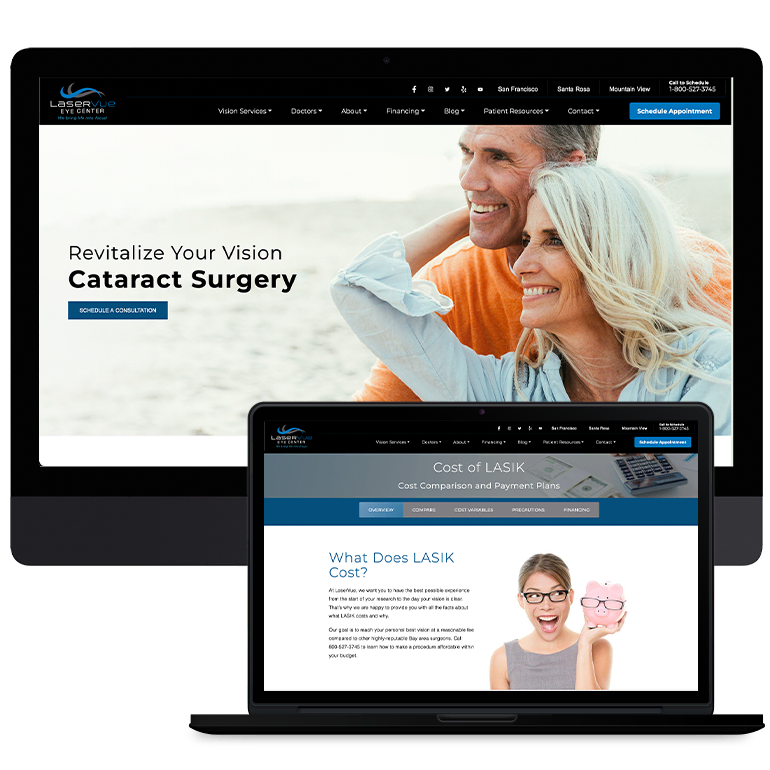
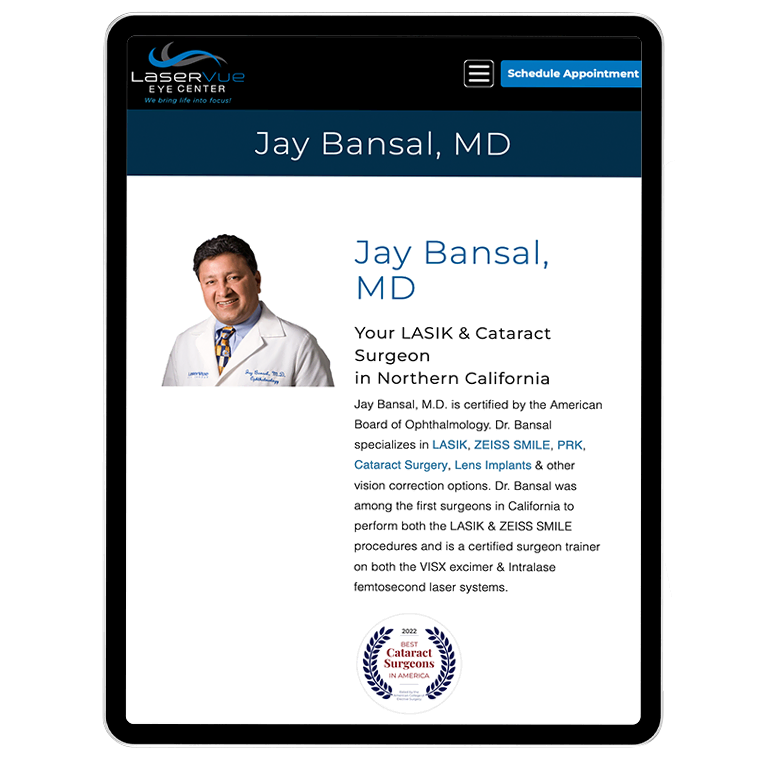
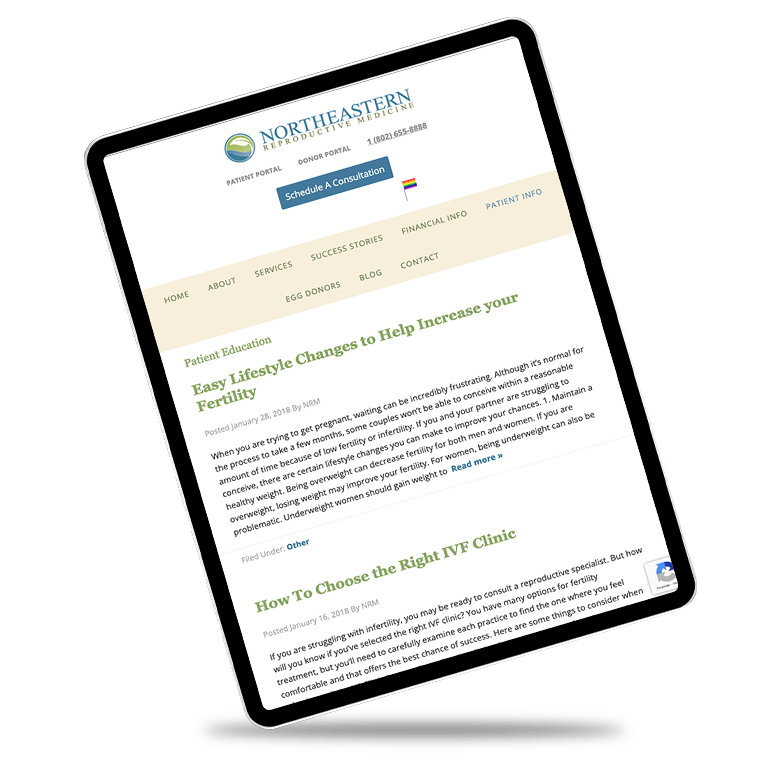

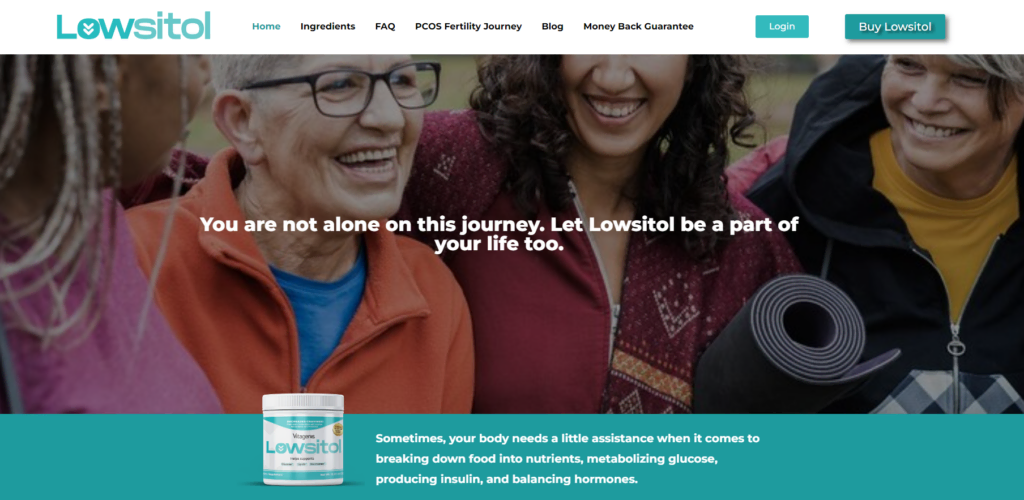
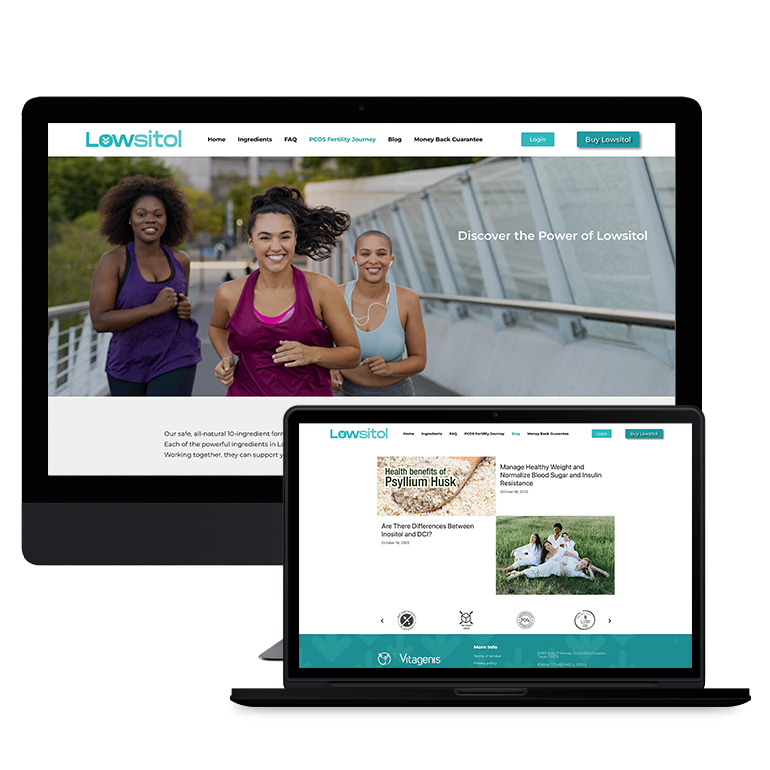
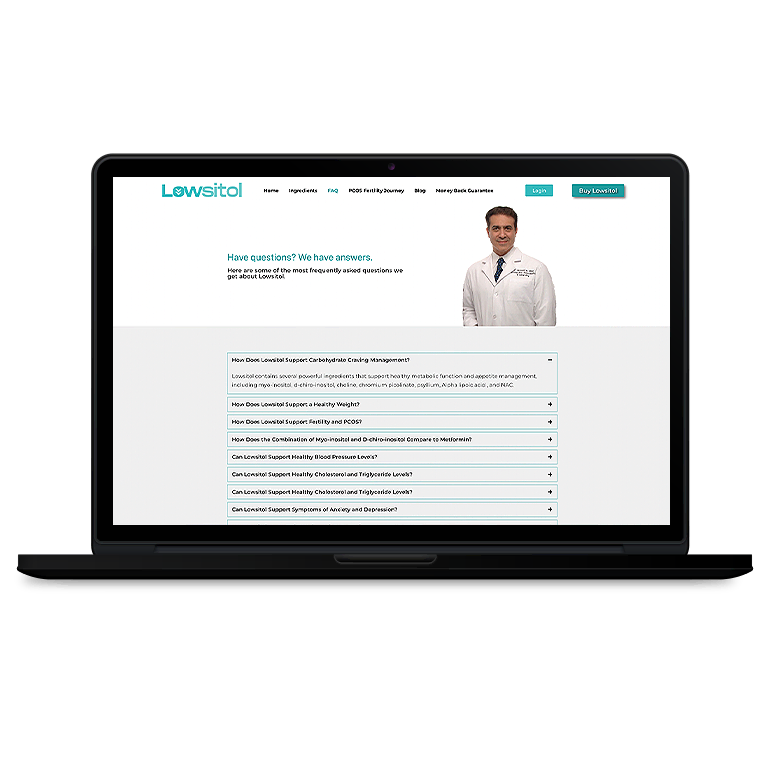
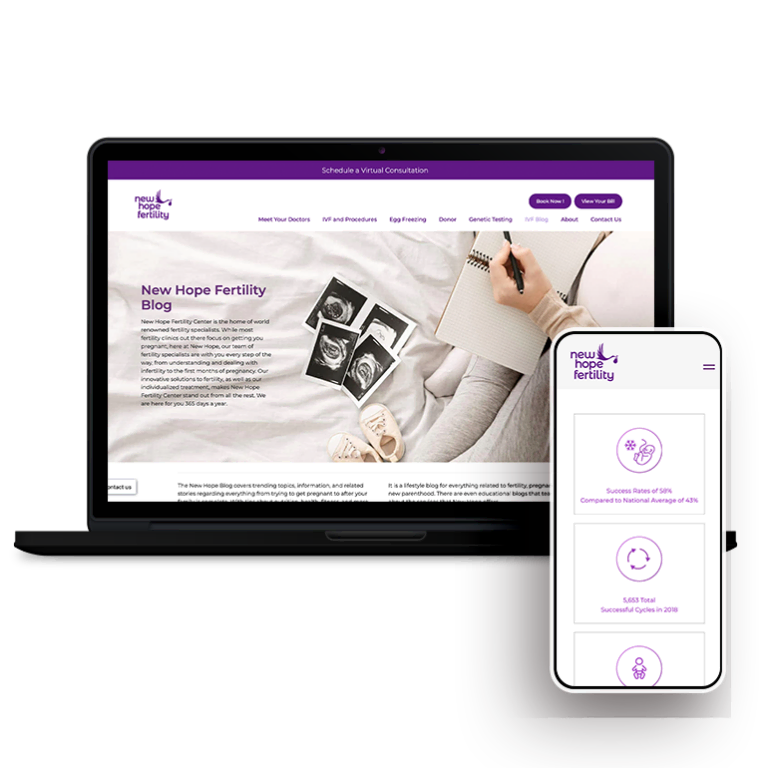
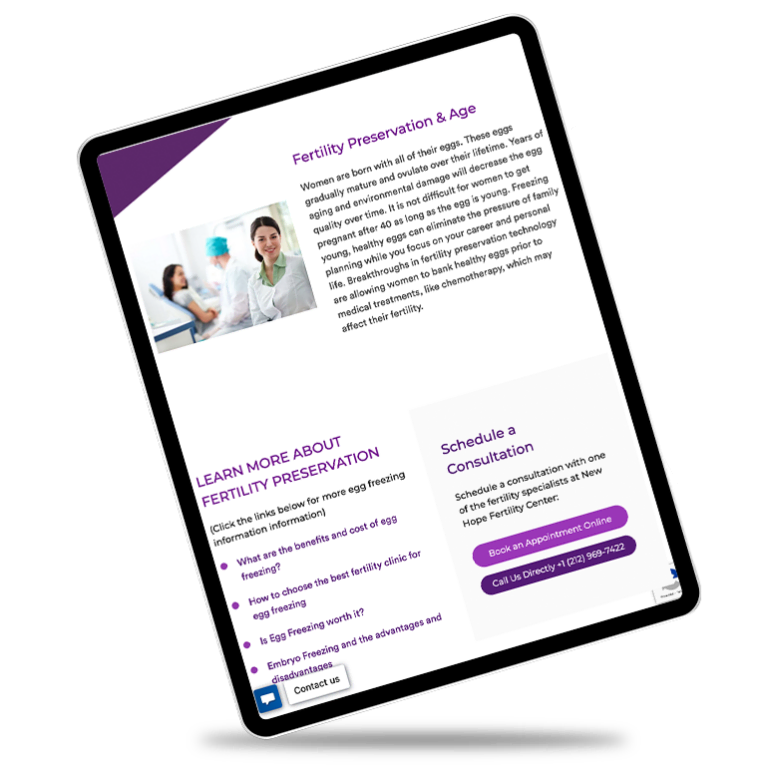
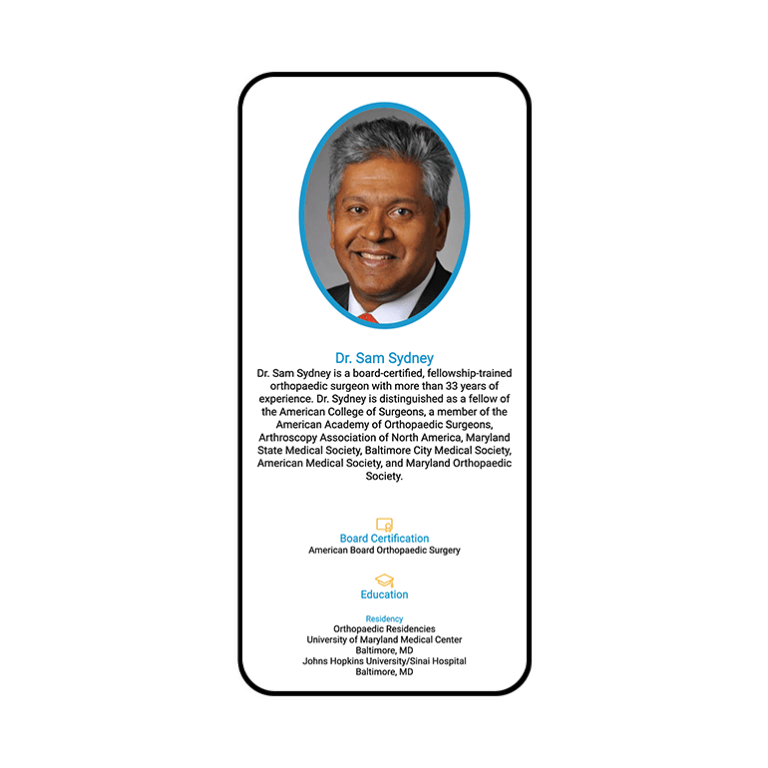
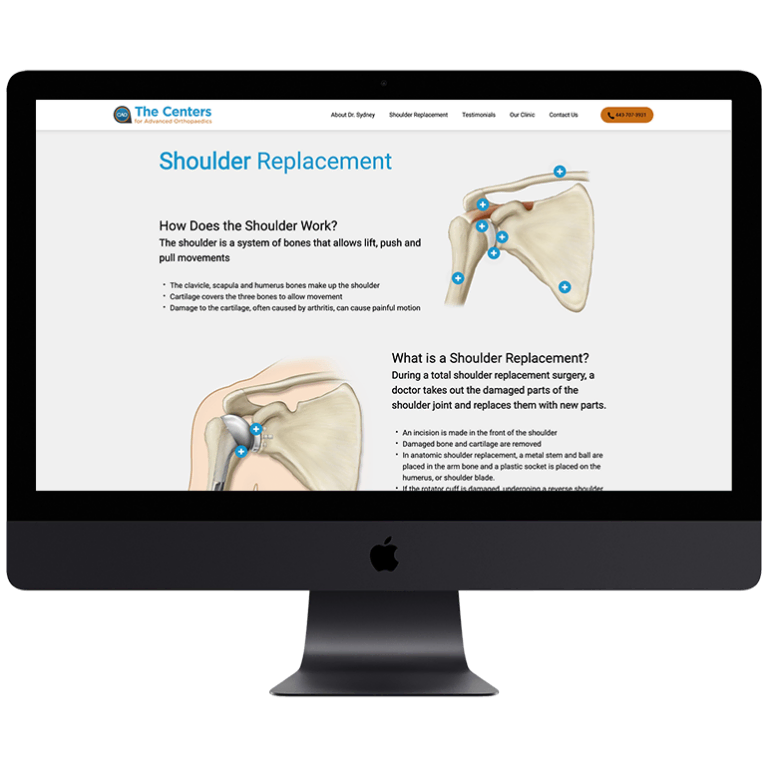

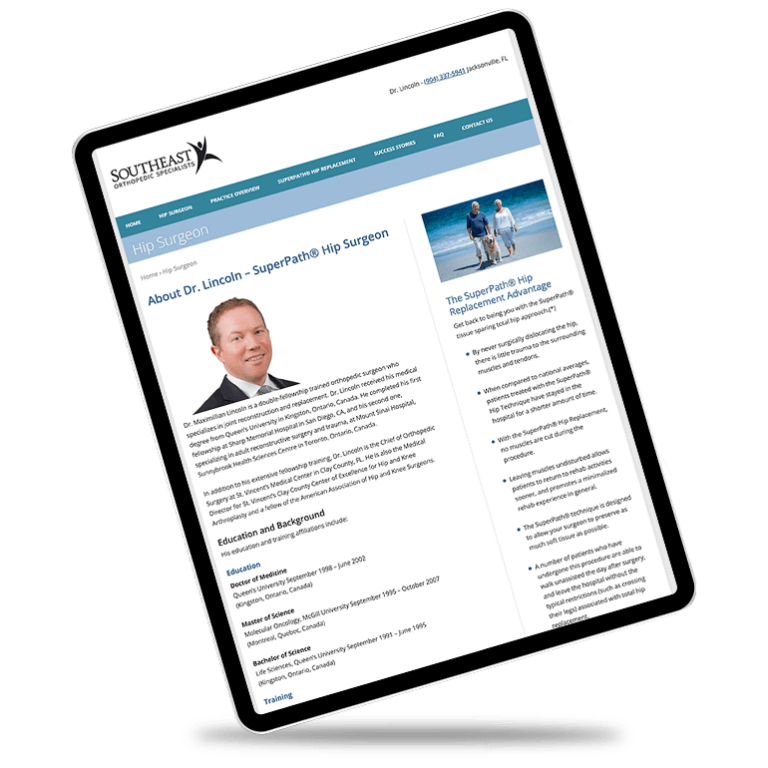
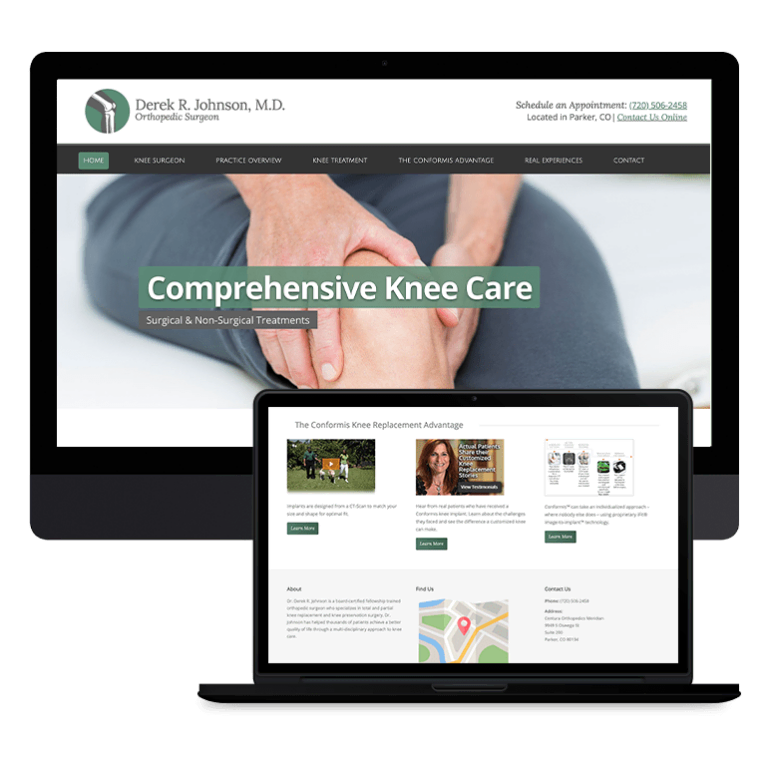
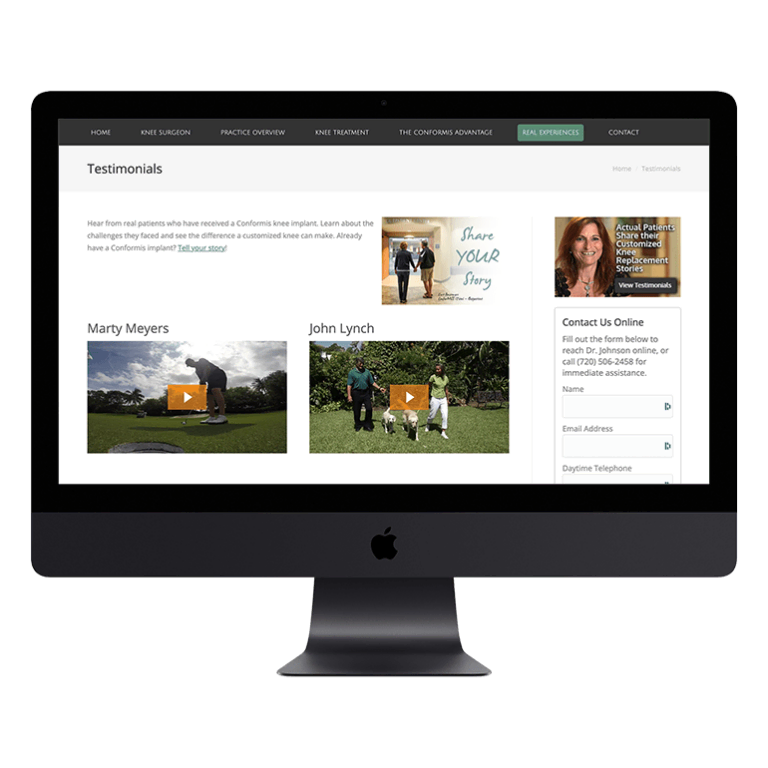
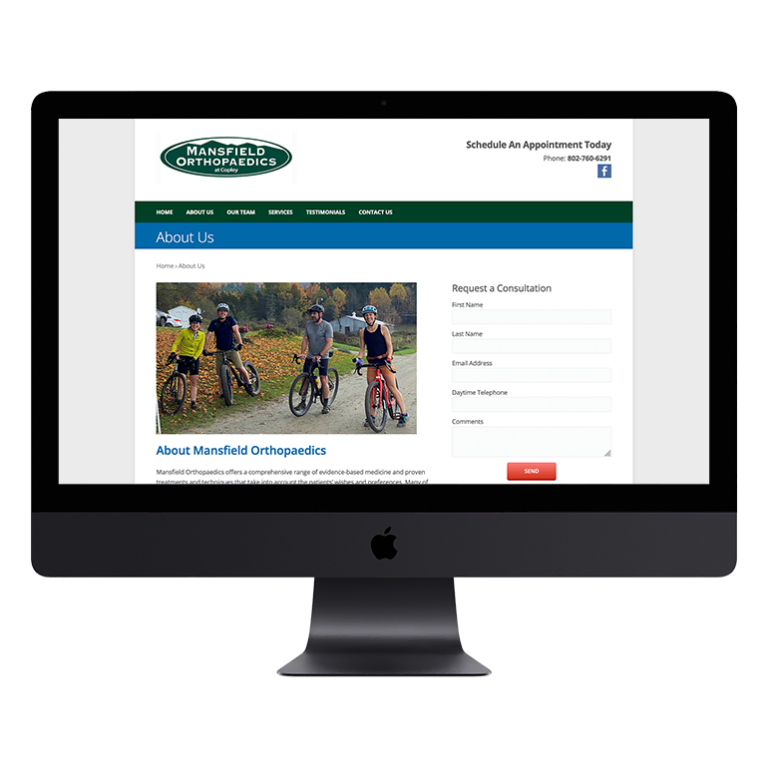
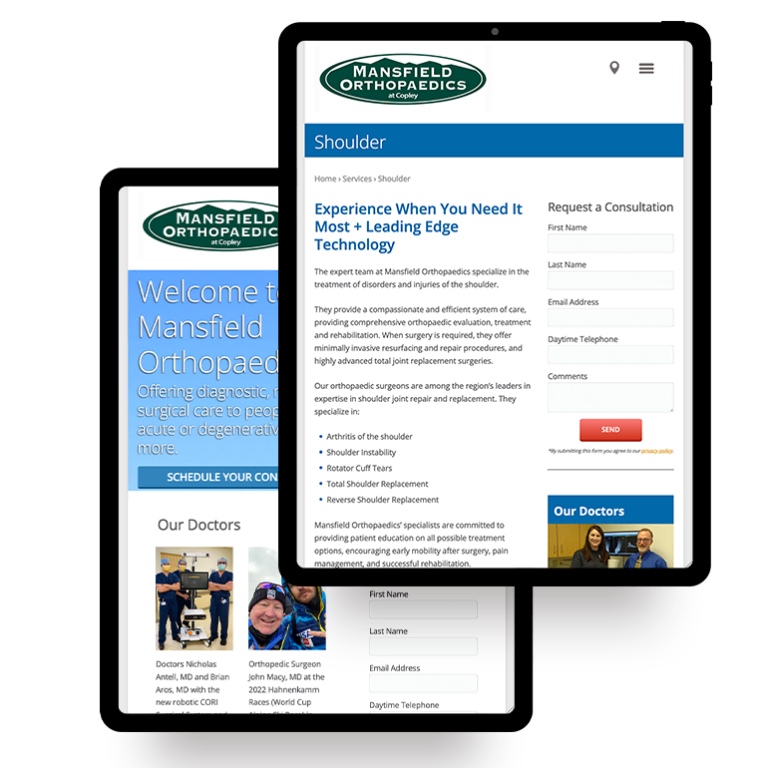
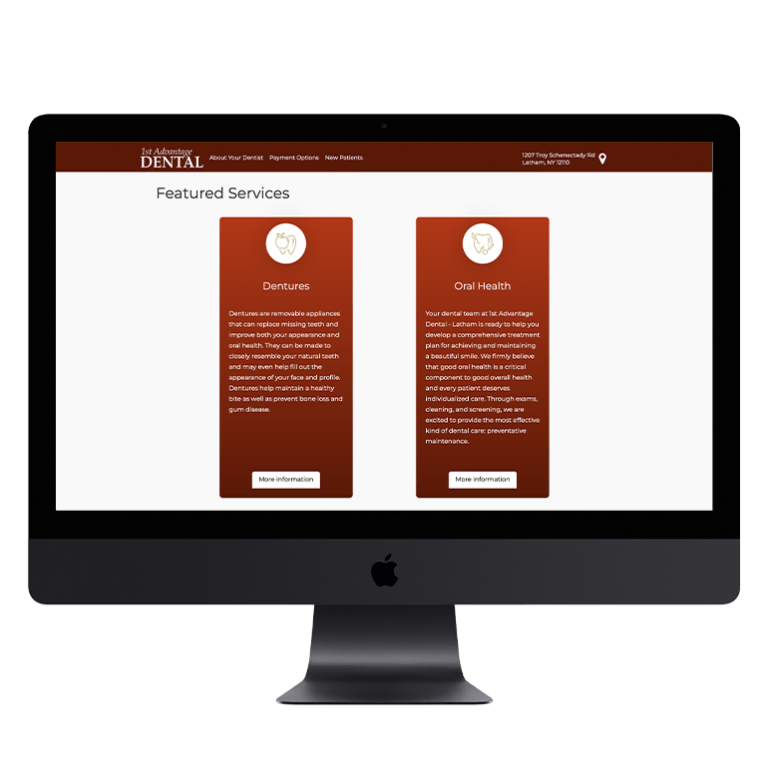
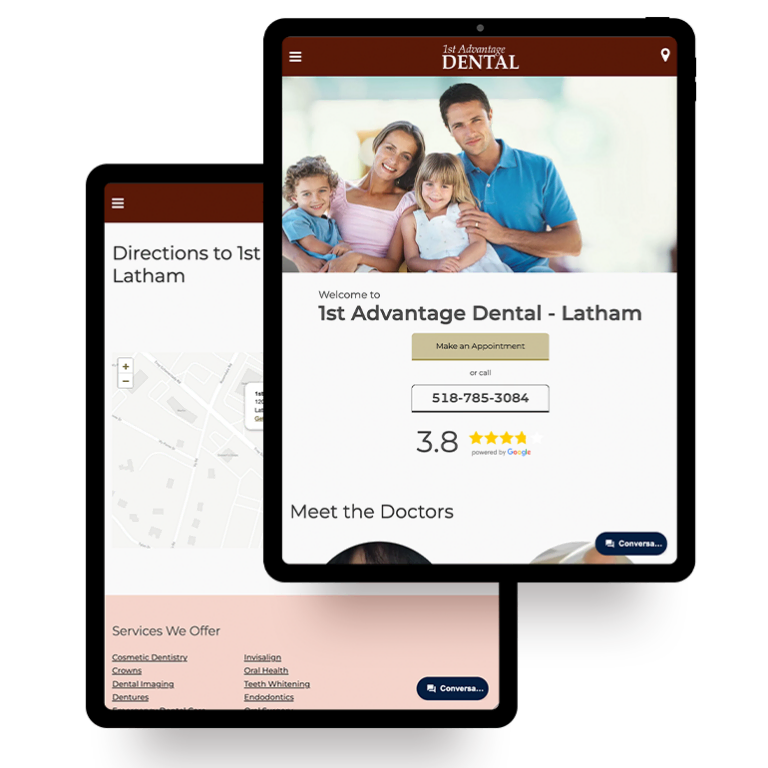
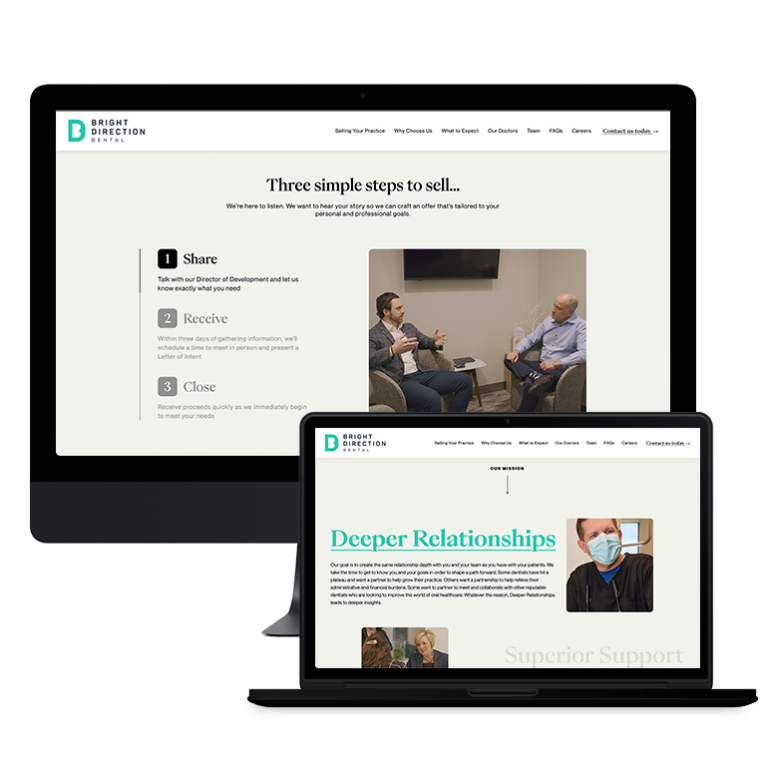
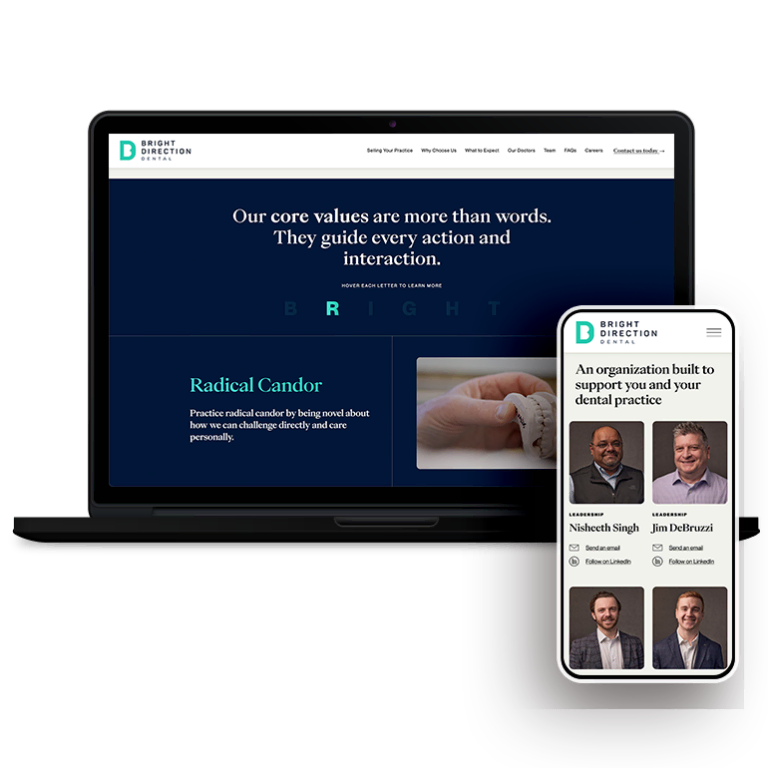
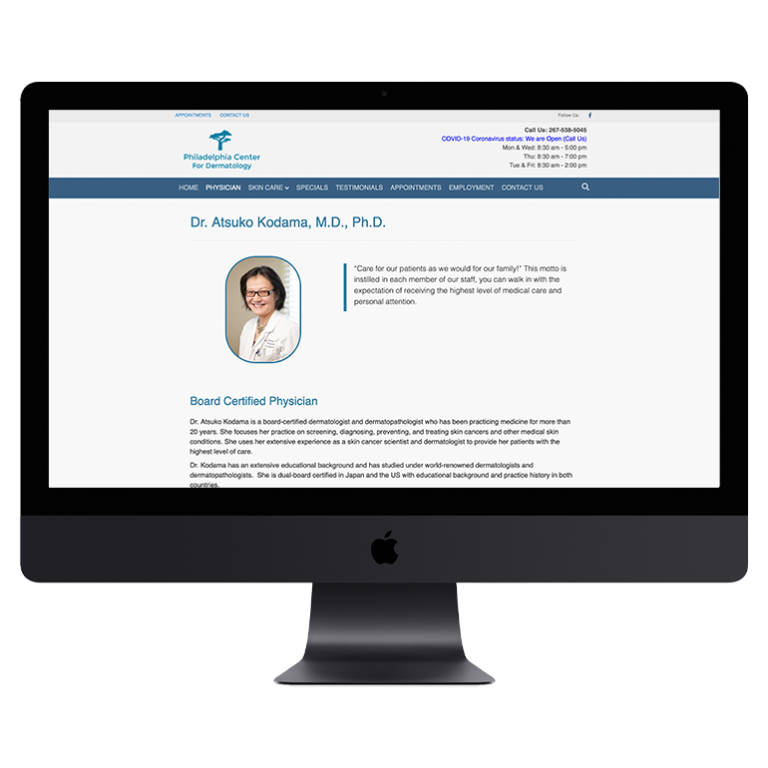
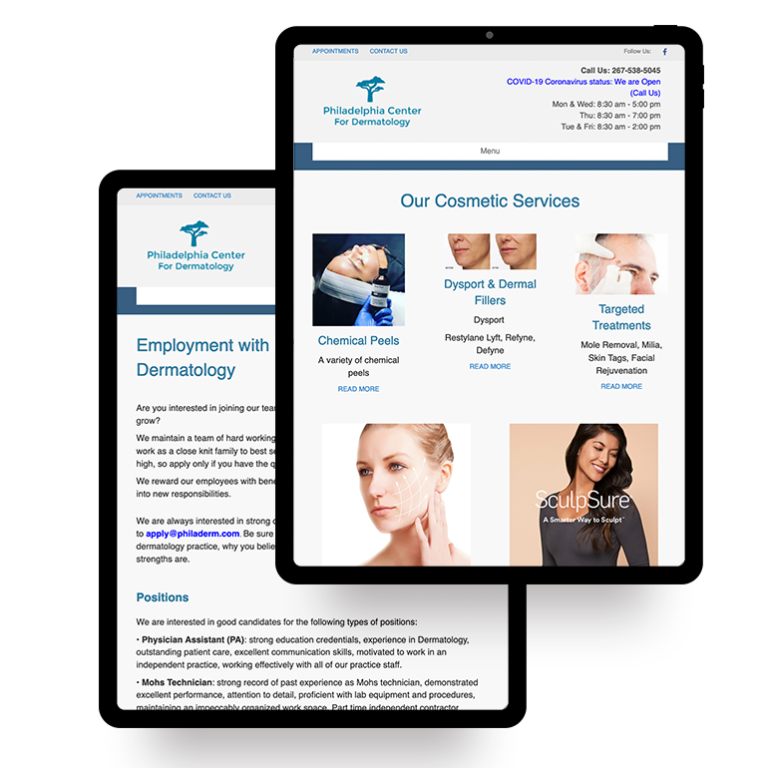


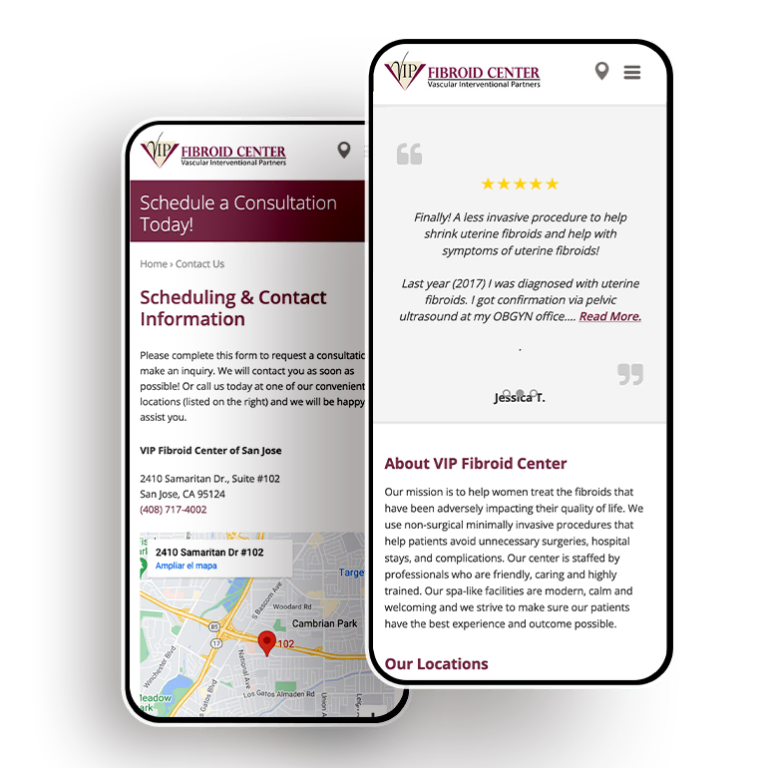

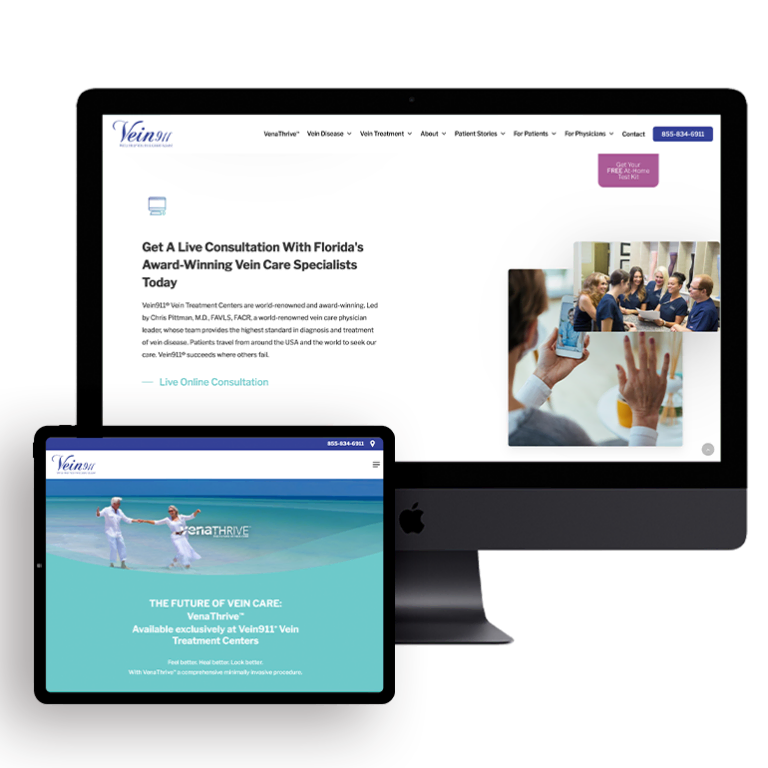
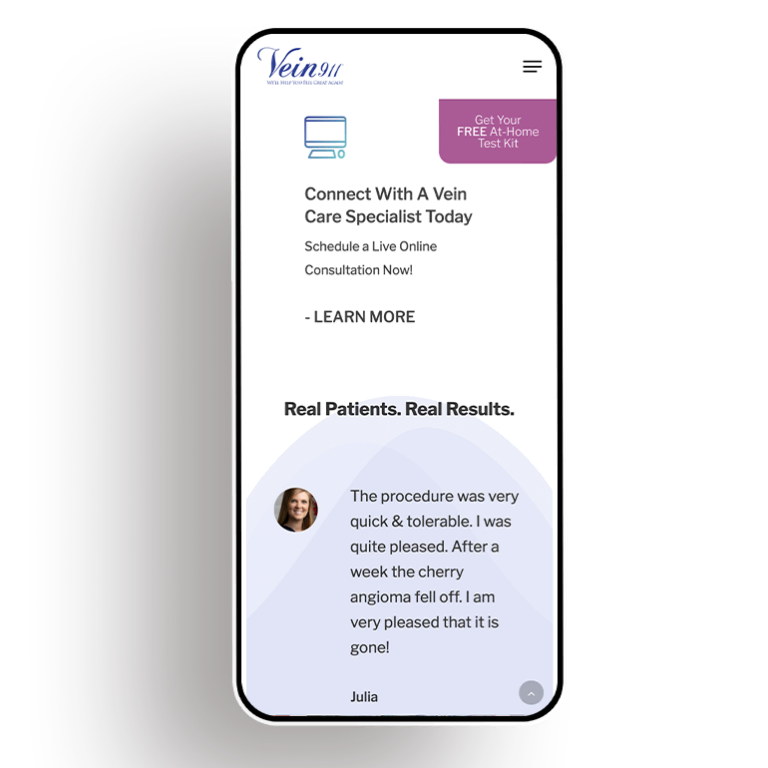
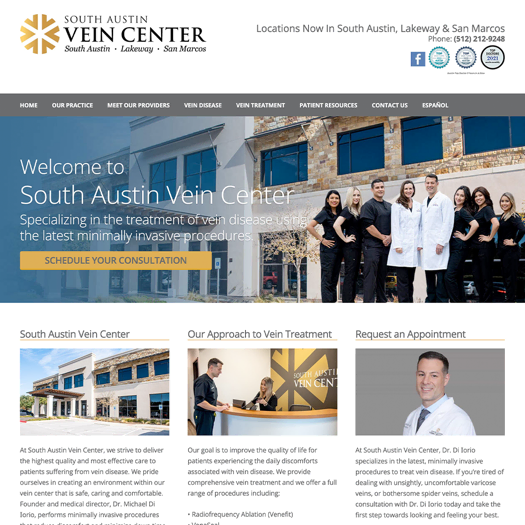
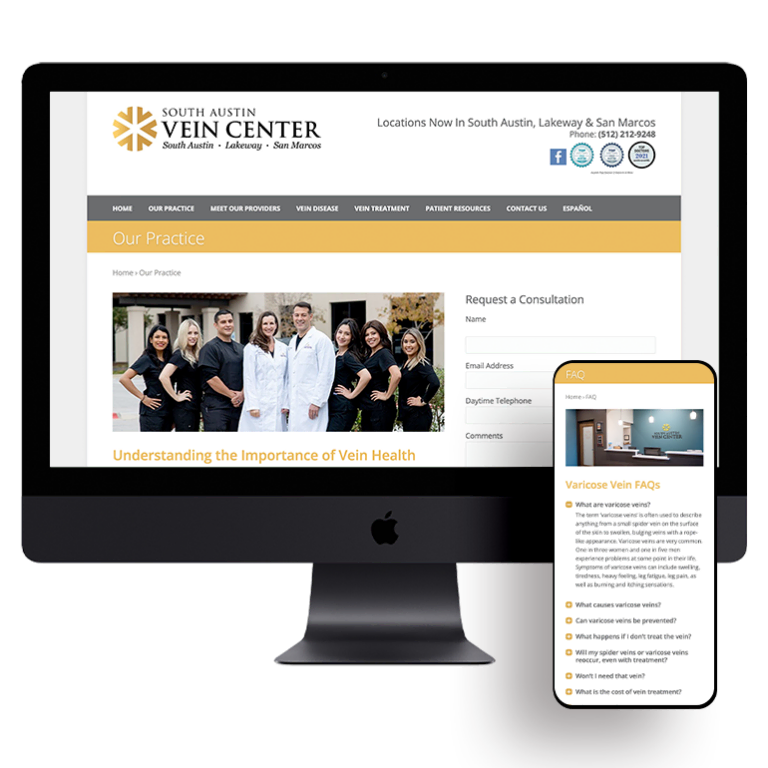
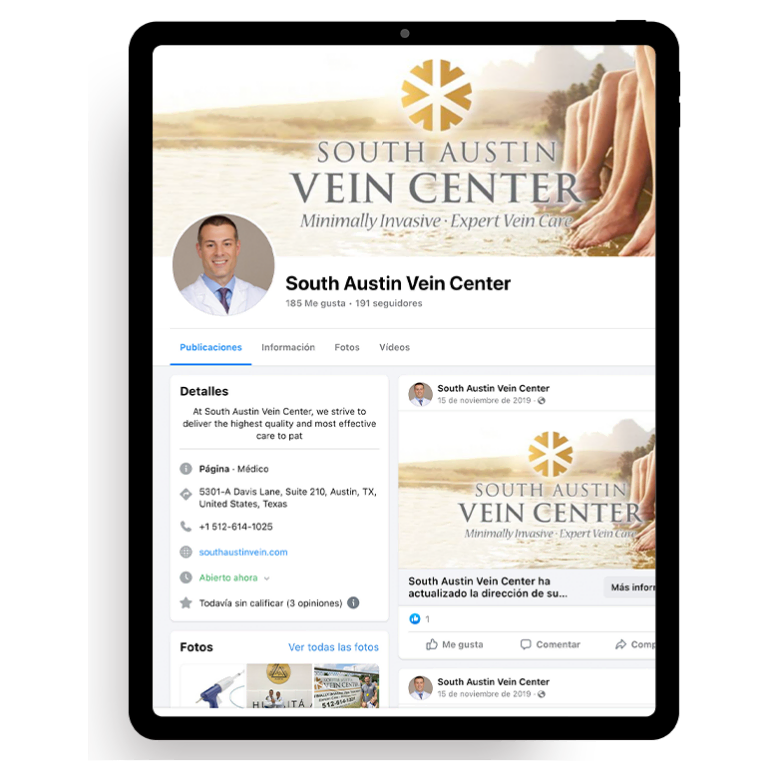

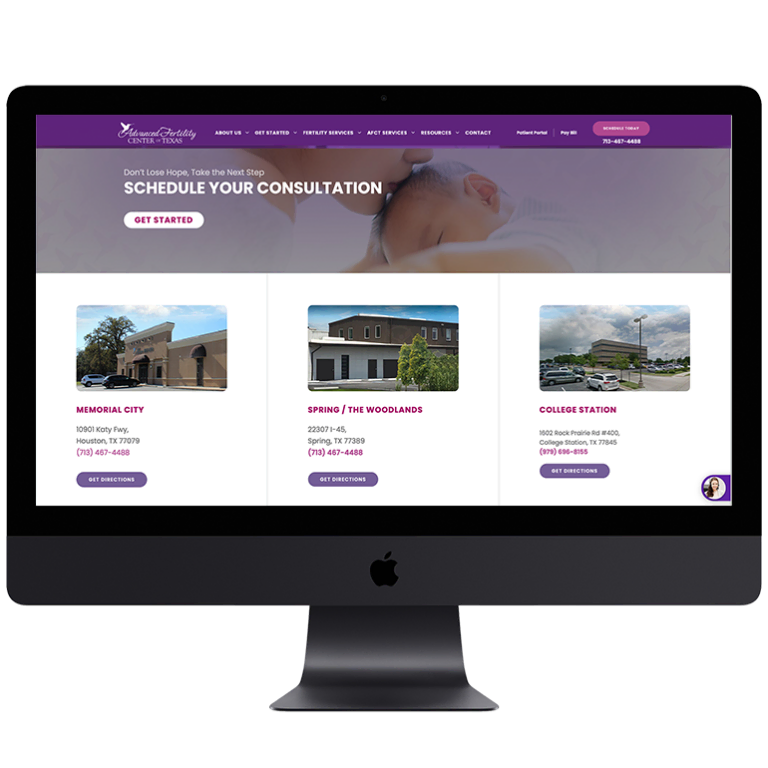
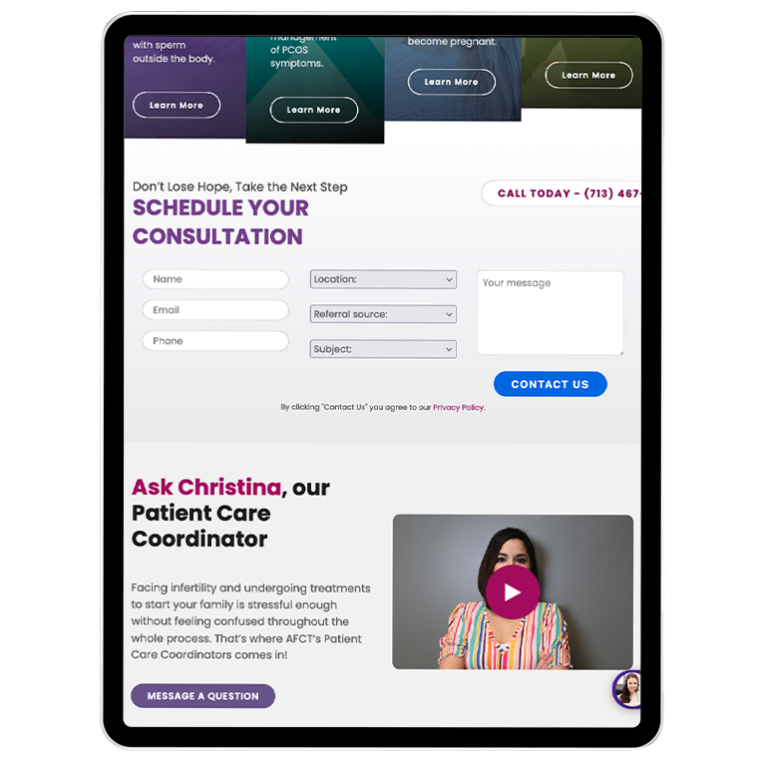
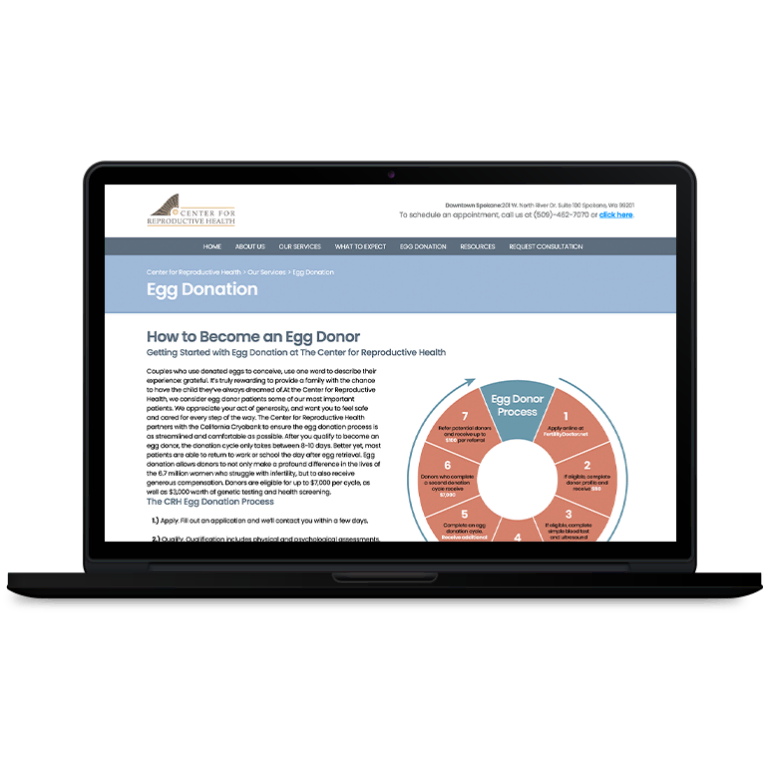
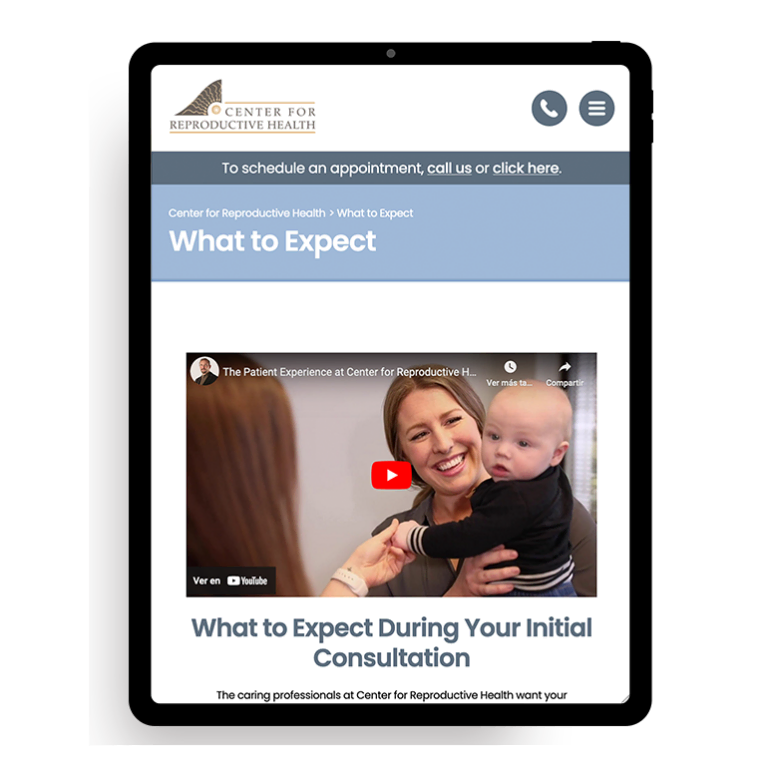
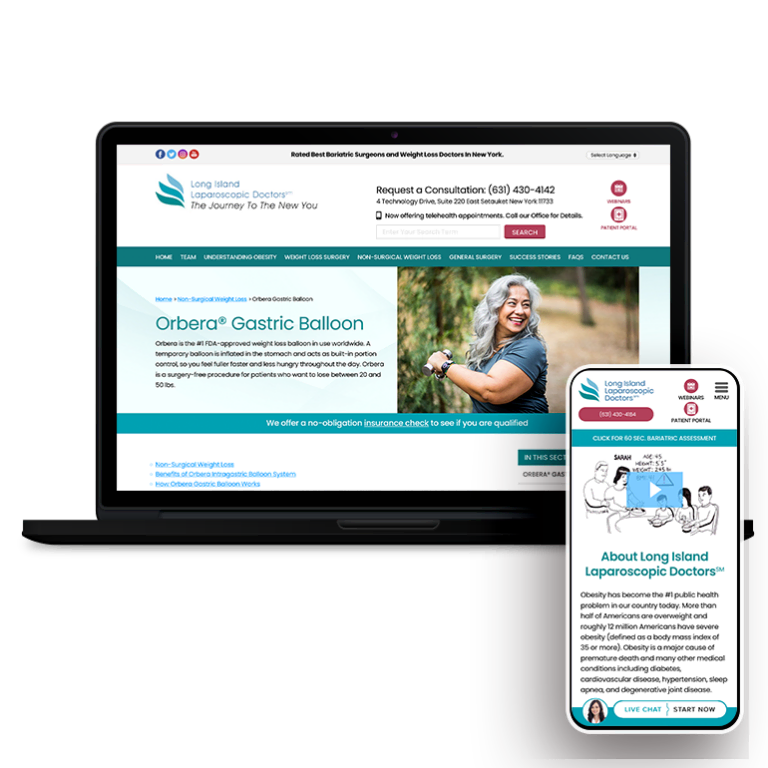
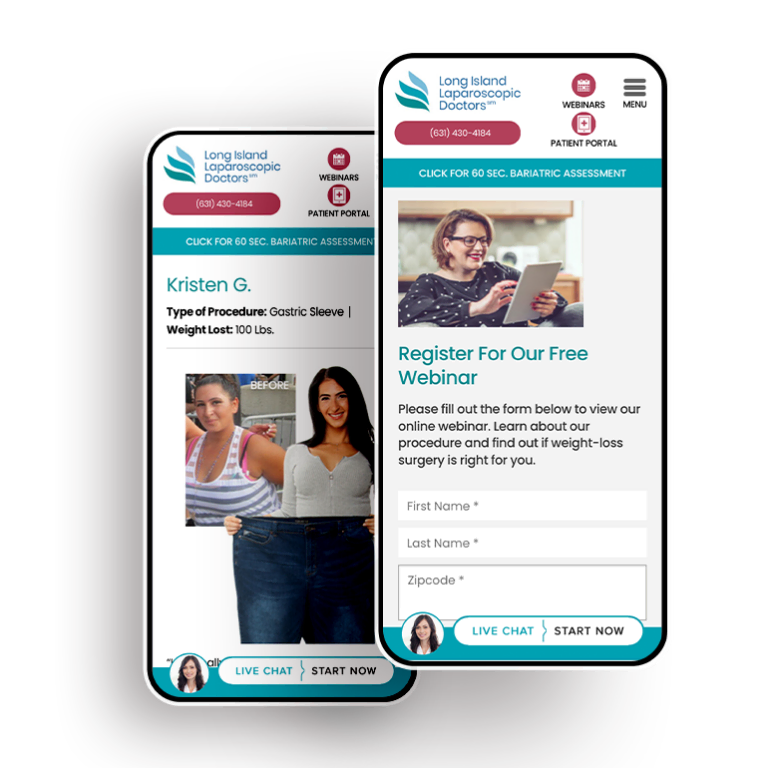
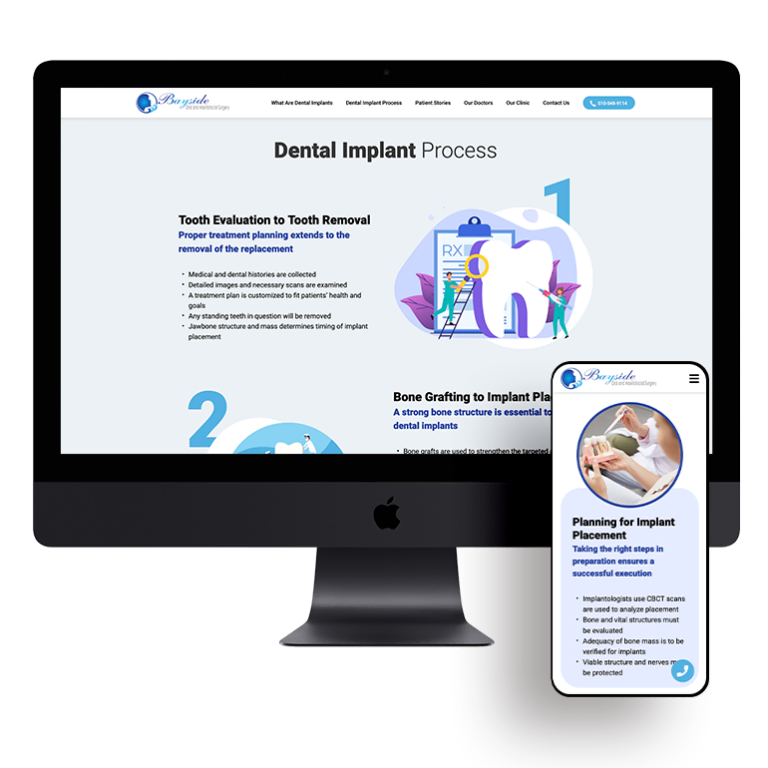
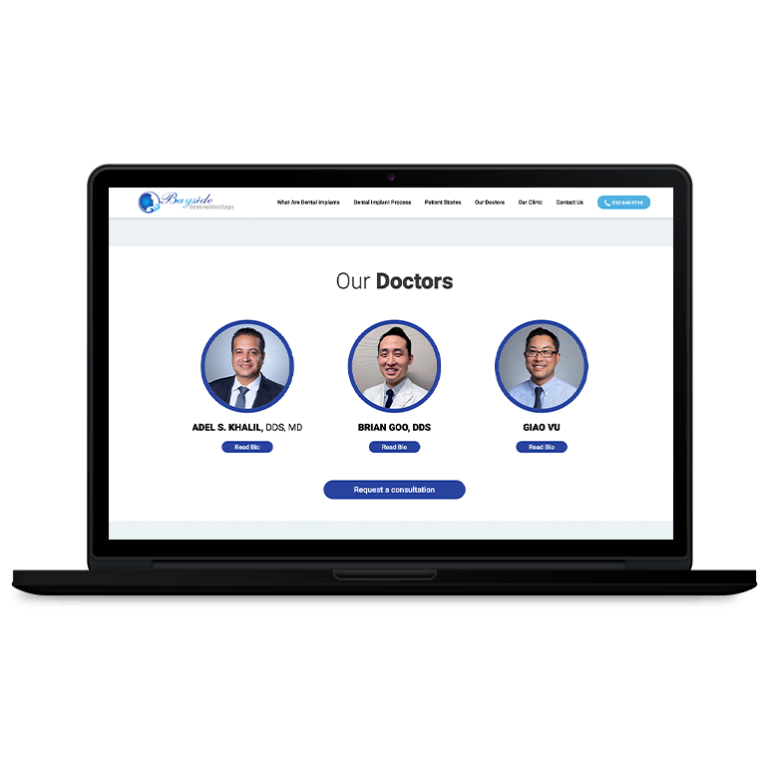
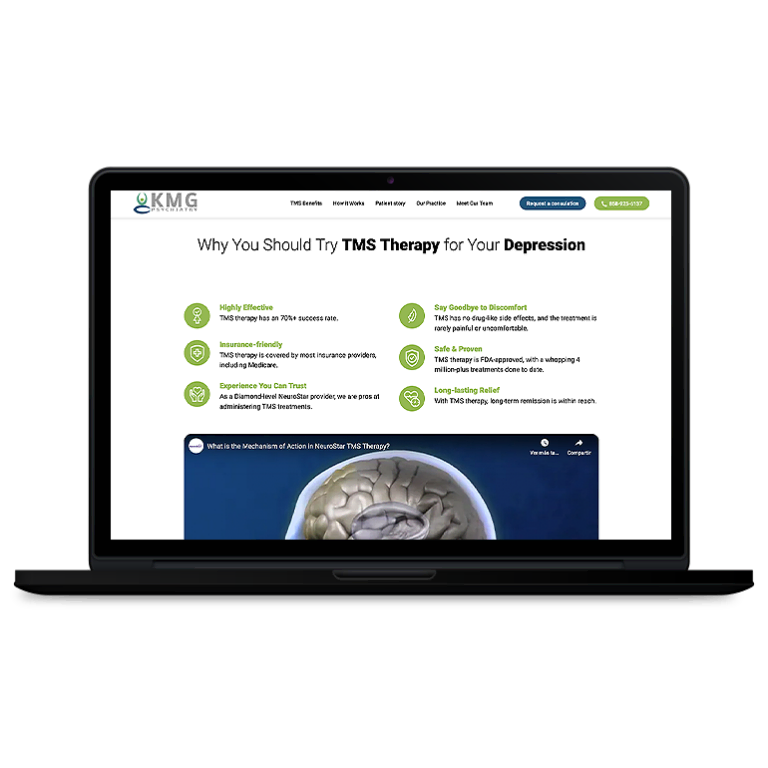
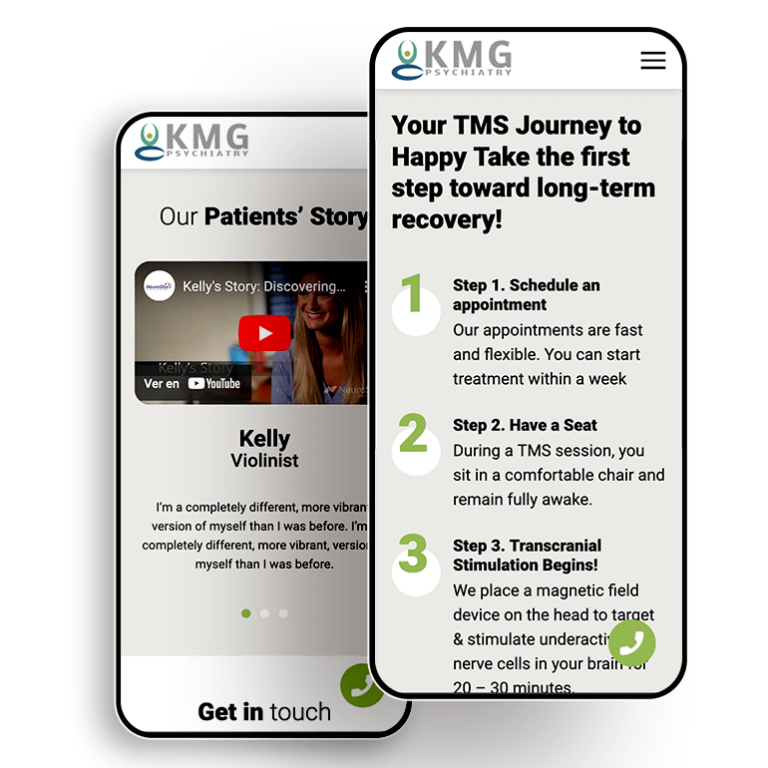
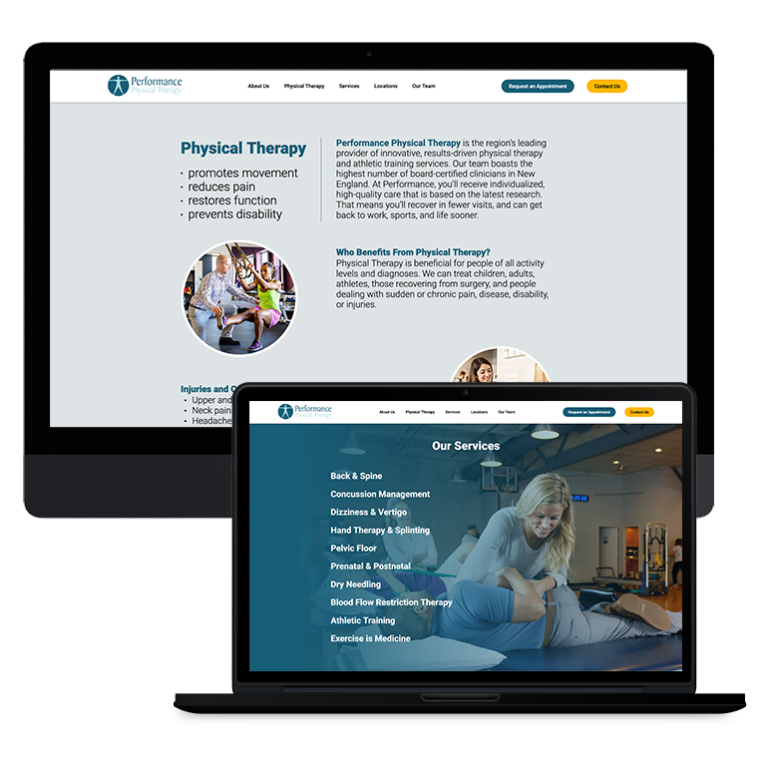
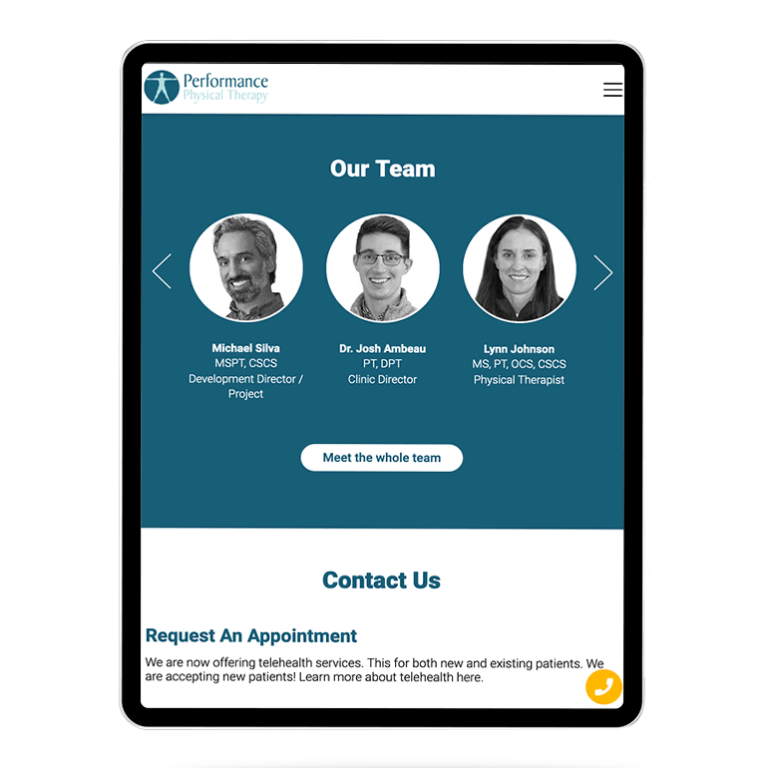
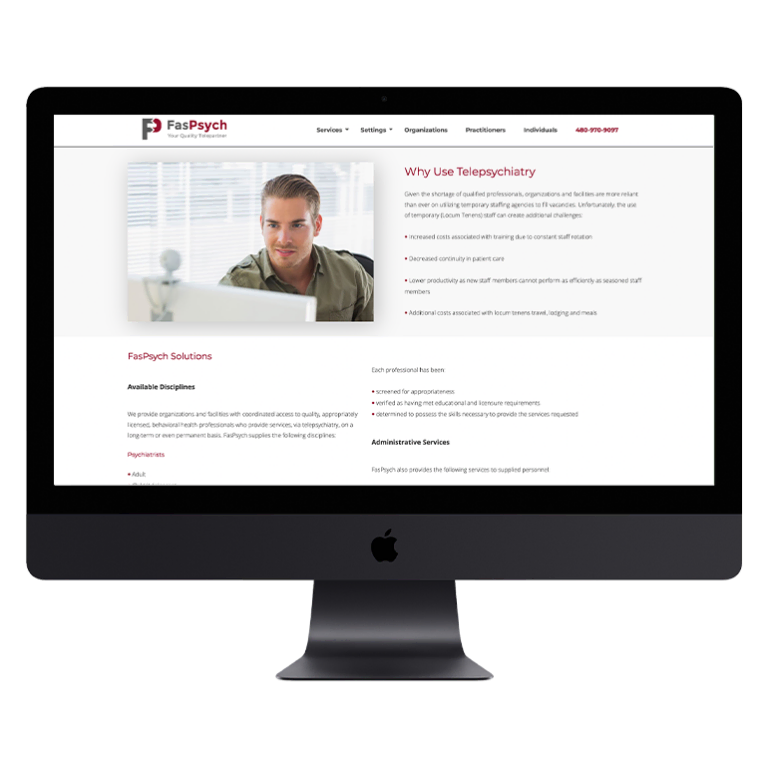
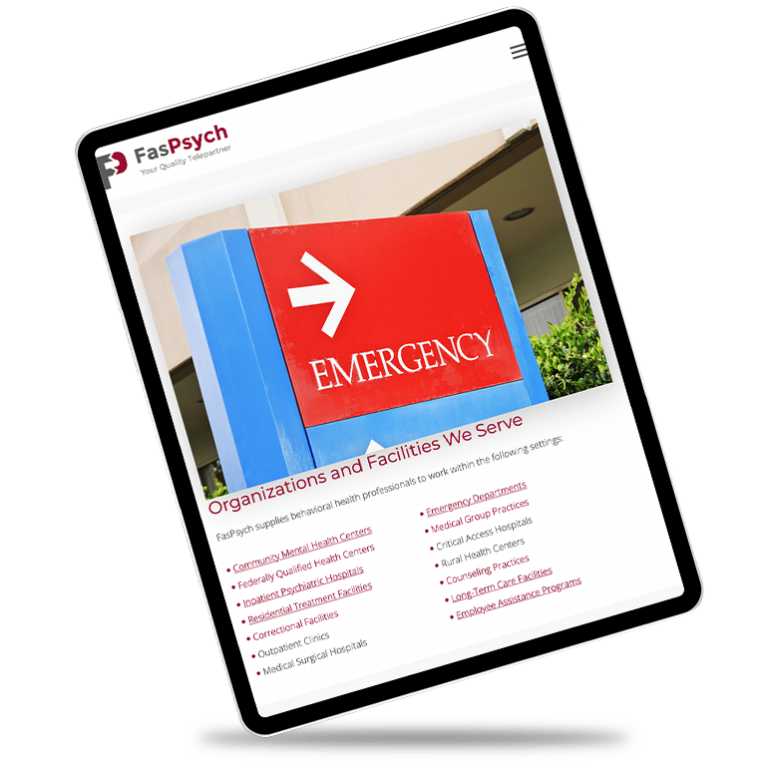
 Smart Design Creates New Patient Opportunities
Smart Design Creates New Patient Opportunities